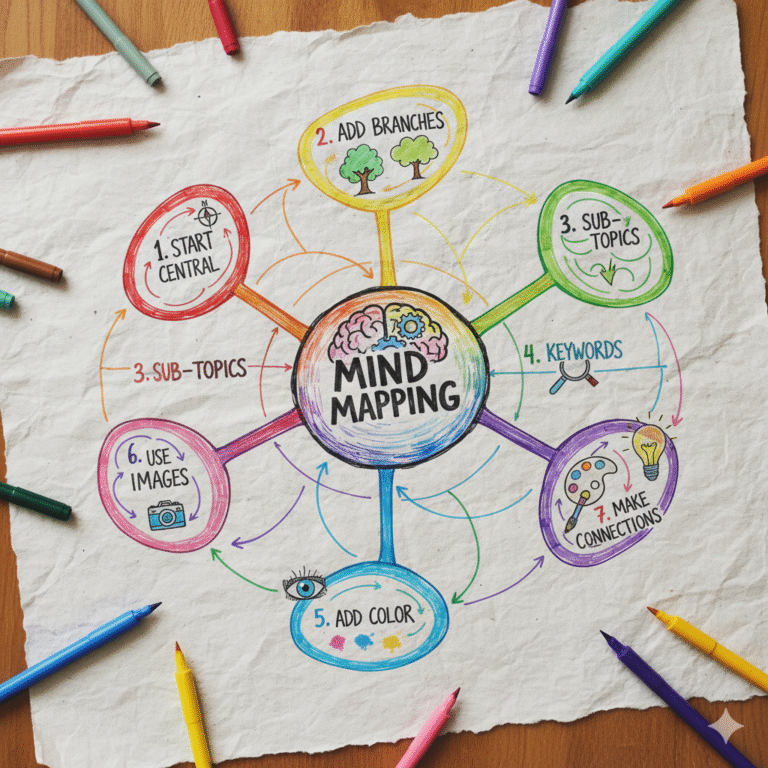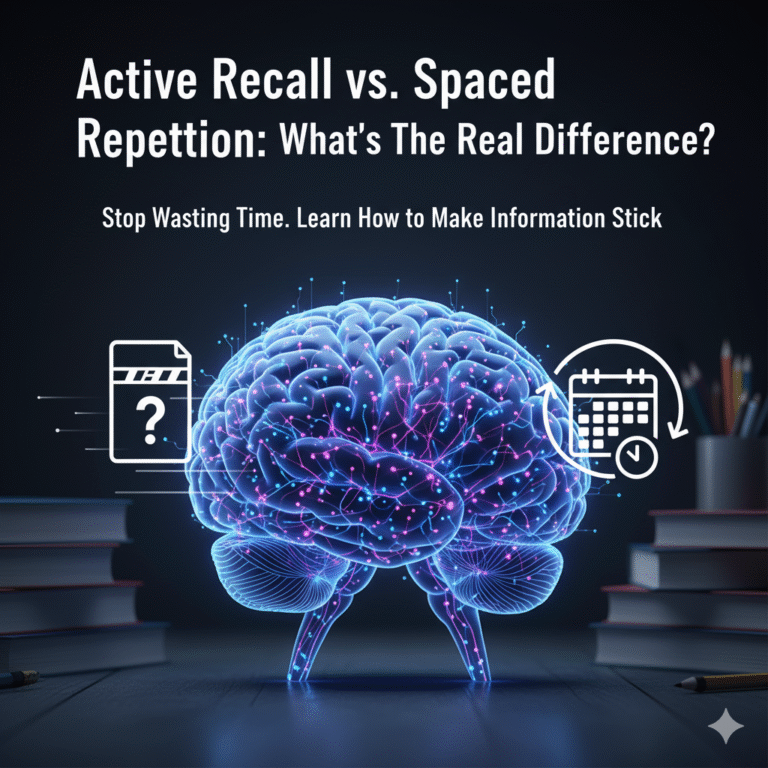Is Chunking More Effective Than Rote Memorization?
Is Chunking More Effective Than Rote Memorization?
According to the dual process theories of human cognition, mind learning tools can be used to show the efficiency of two strategies. The two frequently mentioned strategies have to do with chunking and rote memorization. So, is chunking more effective than rote memorization in this sense? Let’s apply the logic of chunking to these two methods and analyze their impact on learning and memory.

Is Chunking More Effective Than Rote Memorization?
Rote memorization is a relatively low-level technique that involves purely recollecting the information content without considering its contextual and associative structures. It can be most effectively used to memorize specific terminology, like multiplication tables or vocabulary. This shows how practicing it often helps to memorize the details of short sequences without realizing which ones are associated. Less secure, for instance, 6th graders can memorize old dates exactly as told by teachers but maybe have insufficient knowledge of what happened at that time, hence lack a complete understanding of the history subject. A question arises: does chunking improve memory more effectively than rote memorization when it comes to this deeper way of learning?
Can Chunking Overcome Rote Memorization?
Chunking is a cognitive strategy through which groups of bits of information combine into bigger, friendlier units, language-wise—”chunks.” By processing information more efficiently, it’s an innate feature of most brains to reduce their load. An example of this is when you need to remember a long number; it is better to think of it in smaller numbers (such as phone numbers). This method supports you particularly in processing information since it enhances the connection and retrieval of data. Knowing this, is chunking a more effective method than rote memorization?
Does Chunking Improve Memory?
Quantitative findings have reported that chunking can remarkably elevate the rate of acquisition of memorized materials. By using a conceptual arrangement, individuals usually manage to recall more material than what they initially learned as isolated facts. The mental imagery is always implemented in learning cases, and it can help, for instance, in studying a language or grasping difficult theories about science. The association of anatomical terms is a typical example of how medical students apply chunking by grouping together terms and finding similarities among the parts, thus understanding the material better. This brings about a counterquestion: can chunking really enhance memory or does rote memorization do it better?
Which Chunking Strategy is Best?
The effective chunking strategy can be evaluated in terms of two aspects: first is the extent to which the learner’s prior knowledge is considered, and second is the complexity level involved. Here are some effective chunking strategies:
1. Identifying Core Concepts
You should first identify the main topics that are the basis for the rest of your chunks. For example, when studying the circulatory system, key concepts would include the heart, arteries, veins, and capillaries.
2. Grouping Related Information
For each key concept, accumulate all related facts, details, or processes that are connected to it. Think of facing all the main idea information strips to a complete profile, like the perfect one for each main idea. This approach is crucial for completing the fund of knowledge and, thus, for the adequate exploration of which chunking strategy is best for your learning objectives.
3. Creating Visual Representations
Create mind maps, diagrams, or flowcharts to show how your chunks connect. This not only illustrates the interrelationships of different bits of knowledge but also visually establishes difficult concepts.
4. Summarizing Each Chunk
Draft concise summaries using your vocabulary. This not only acts as further demonstration of whether or not you understood but also gives you key points not to miss during a review. Technical terms are sometimes difficult to comprehend, and hence a summarized explanation in your own phrases acts as the best solution to stay on the right track.
Combining Chunking with Other Techniques
Though chunking is a powerful strategy, it is much better if combined with other memory-enhancing techniques. Utilizing spaced repetition, active recall, and mnemonics alongside chunking will increase your chances of retention. The implementation of these methods will thus also strengthen the argument for whether chunking indeed is more effective than rote memorization.
Conclusion
In the discussion concerning whether chunking is more effective than rote memorization, chunking definitely takes the first place as a method for better memory retention, especially when dealing with complex information. That is why by chunking, you not only improve your recall ability but also gain a better understanding of the material being studied. You could integrate chunking into your daily learning alongside other memory techniques to have a more pleasant and productive learning experience.







